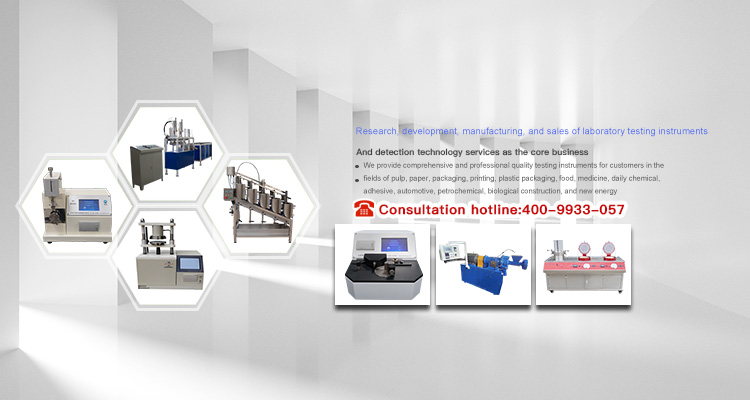Carbon paper laboratory sheet forming
发布时间:2023-10-18 文章来源:Original on this website 阅读量:75
Today, we will mainly introduce the manufacturing process of the gas diffusion layer in fuel cells. The gas diffusion layer is a core material in fuel cell stacks, and currently our country mainly relies on imports to solve the material problem of the gas diffusion layer. Overall, the gas diffusion layer is also a bottleneck technology in the development of our fuel cell technology. We must solve such a technology. Currently, some universities and enterprises in China have achieved small-scale production of carbon fiber gas diffusion layers. However, there are still many universities and enterprises in China exploring the process and formula of carbon fiber gas diffusion layers. Here, we will briefly introduce the commonly used processes and laboratory equipment for laboratory preparation of carbon fiber gas diffusion layers.One Preparation of raw materials and instruments for sheet forming in carbon paper laboratory&Nbsp; 1.1 Raw material: 5-6mm short cut carbon fiber (usually made by Dongli Company in Japan)&Nbsp& Nbsp; Chemical reagent: ethanol& Nbsp; Dispersant: Tween-80 (or hydroxyethyl cellulose, methyl cellulose, hydroxymethyl cellulose sodium), water reducing agent: FDN high-efficiency water reducing agent & Nbsp; Dispersant: Tributyl phosphate; Adhesive: PVA polyvinyl alcohol; Thermosetting phenolic resin1.2 Instrument preparation&Nbsp& Nbsp& Nbsp; Beaker, CNC Ultrasound (AT-CS-20); AT-XW-3 frequency modulation fiber dissociator AT-FCP-2 tablet reader; AT-HG blast drying oven AT-FH composite retention platform (immersion roller press); AT-PGQ-3 Hot Press Plate Dryer AT-TMF High Temperature Carbonization Furnace;Two; Carbon paper laboratory sheet forming process2.1 Commercial carbon fiber (length range: 5-6mm)→ 2.2 Degumming and softening (method: heating and soaking in ethanol or using a rotary evaporator).Function: Dissolve the adhesive added during the fiber production process with a solvent to increase the softness and adhesion of the fibers↠ 2.3 Fiber dispersion (Reagent: Anion, cation, or polymer dispersant. Equipment: AT-XW-3 frequency modulated fiber dissociator; Operation: Speed 5000 rpm; Revolution: about 10000 rpm) AT-CS-20 CNC ultrasound for 3-5 minutes+& Nbsp& Rarr; 2.4 Fiber forming: Add the fiber solution to the tablet reader, then add the prepared polyvinyl alcohol solution and tributyl phosphate solution to the bottom of the tablet reader, add a transfer trawl, and open the pneumatic homogenization for 1 minute; Turn off the homogenate and let it stand for 10 seconds→ Open the drain valve to drain water→ Close the drain valve and start the vacuum pump to filter for 2 minutes; Water absorbing filter paper transfer molding paper→ Bring the transfer trawl and dry it in an oven→ 2.5 Transfer to the infiltration molding machine and immerse in phenolic resin for 10 minutes. Drain the solution and turn on vacuum filtration for 5 minutes↠ 2.6 Drying (Dry the soaked carbon paper in a drying oven, with a drying time based on the moisture content of the paper sample not exceeding 10%. The drying time varies for different grams of paper samples.) After soaking, calculate the retention rate of polyethylene glycol based on the amount of carbon fiber used and the weight of the paper, with a retention rate of 20% as appropriate. The total weight of paper - carbon fiber content/total weight of paper. After drying, place the paper sample into a heated flat dryer for hot pressing& Rarr; 2.7 Post processing (this formed carbon paper has been formed, and the subsequent processes are all preparation for becoming a gas diffusion layer). Then, it is transferred to a carbonization furnace and dried at around 200 degrees Celsius for 2-3 hours. Then, it is protected by nitrogen gas at 1500 to 2000 degrees Celsius for further processing&Nbsp;







